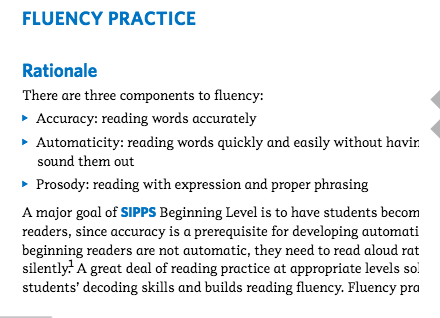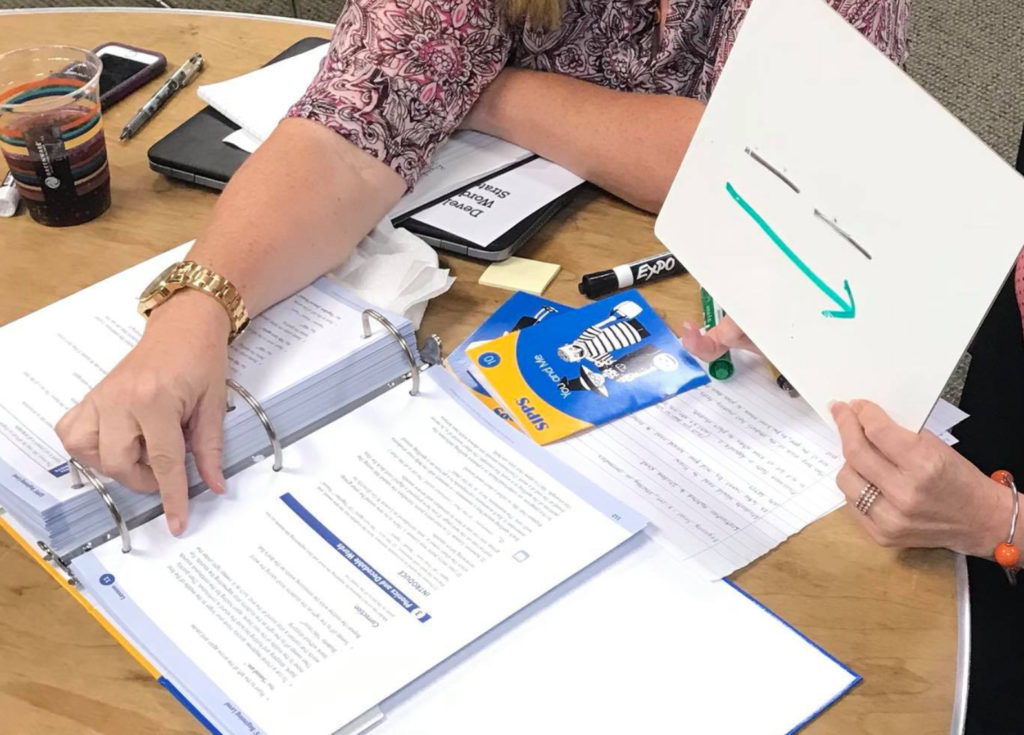In “What Is an Educative Curriculum?” (the first post in this blog series), we defined an educative curriculum. Now that we have explored the definition, let’s take a look at the use of educative resources in a school district.
Hampton City Schools is a medium-size district with a diverse student body in the Tidewater area of Virginia. Over the past couple of years, Hampton happened upon a new way of “shaping schools,” supporting both the teacher and student learning in their district by taking three key steps:
- Shifting a key leadership role
- Adopting a rich curriculum resource
- Developing a thoughtful plan for professional learning
First, Dr. Kelli Cedo, a successful elementary school principal, moved to the central office as the K–12 ELA Curriculum, Instruction, and Assessment Lead. Dr. Cedo began building a multi-tiered system of support around literacy instruction. Second, the district adopted an educative curriculum resource for Tier 2 Intervention to support all students reading on grade level. Third, the leadership crafted a thoughtful plan for professional learning around early reading instruction. The district set a goal that 95% of all third-grade students will read on grade level by 2020. Building teacher capacity became a focus throughout the strategic plan.
To effectively meet the needs of their students in need of Tier 2 and 3, Dr. Cedo researched and adopted a K–12 high-quality reading intervention resource, SIPPS, to serve in a dual capacity—as an educative support for reading specialists, reading interventionist, and early reading intervention assistants, as well as a tool to improve the reading achievement in district. While some curricular materials are designed to be “teacher-proof,” SIPPS (and others) are designed to support teachers’ thinking and learning while implementing an innovation or change. According to Elizabeth A. Davis and Joseph S. Kracjik (2005) educative curriculum materials are designed to:
- Support teacher knowledge of the subject matter
- Help teachers anticipate what learners might say or do in response to activities
- Help teachers consider how to relate units throughout the year
- Make visible the developers’ pedagogical judgments
- Promote a teacher’s pedagogical design capacity to make adaptations for learners
SIPPS offers a tremendous amount of support for teacher knowledge around early literacy:
- Many statements throughout the Teacher’s Manual address important aspects of beginning reading.

- Multiple places in the Teacher’s Manual describe what students might say in response to a prompt or a question and then offer ways to correct them if they are wrong.

- The writers made clear the pedagogical decisions they made and, most importantly, why these decisions were important.
- When using the program, teachers are able to tailor students’ entry points, allowing them to differentiate instruction to a class in which there is a broad range of decoding ability. Guidance is offered for supporting students who struggle versus students who are successful. Additional lessons are offered for additional practice and support.
Essentially, the design of this “educative curricula” resource is in many ways the actualization of professional learning.
The district not only purchased the educative curriculum resource but thoughtfully planned their professional learning experiences and supports to ensure effective implementation for students. Dr. Cedo knew that building the capacity of teachers in effective early literacy instruction such as phonics and sight word instruction would accelerate students learning. The educative materials combined with thoughtfully planned professional learning experiences served as a tool for the growth of staff (administration, reading, classroom, and reading assistants) and student learning in the district. The bottom line—all teachers need support in understanding both why and how instructional shifts are necessary during instruction, and they learn that best within the content they teach—whether it be intervention or science or history.
As the district embarks on the third year of these initiatives (with a growing cohort of successfully trained teachers) to support their earliest readers, several important perspectives come into play. First, all trained staff members shared how they have grown as teachers of reading through merely using the program. Second, as it expands in use, the curriculum is helping to ensure a more coherent systems approach with transient students. Staff who have used the program shared that it is easier knowing that when the students leave one building for another they will still have this needed support and that it does not end just because the student leaves their school. Last but not least, all shared that the confidence and love of reading for the students grew so much because the growth is quick and apparent to all involved.
References
Davis, Elizabeth A., and Joseph S. Kracjik. 2005. “Designing Educative Curriculum Materials to Promote Teacher Learning.” Educational Researcher 34 (April): 3–14.
***
Read the next post in the blog series: What Is the Impact of an Educative Curriculum?
Did you miss the first blog post in the series? Read What Is an Educative Curriculum? now.

